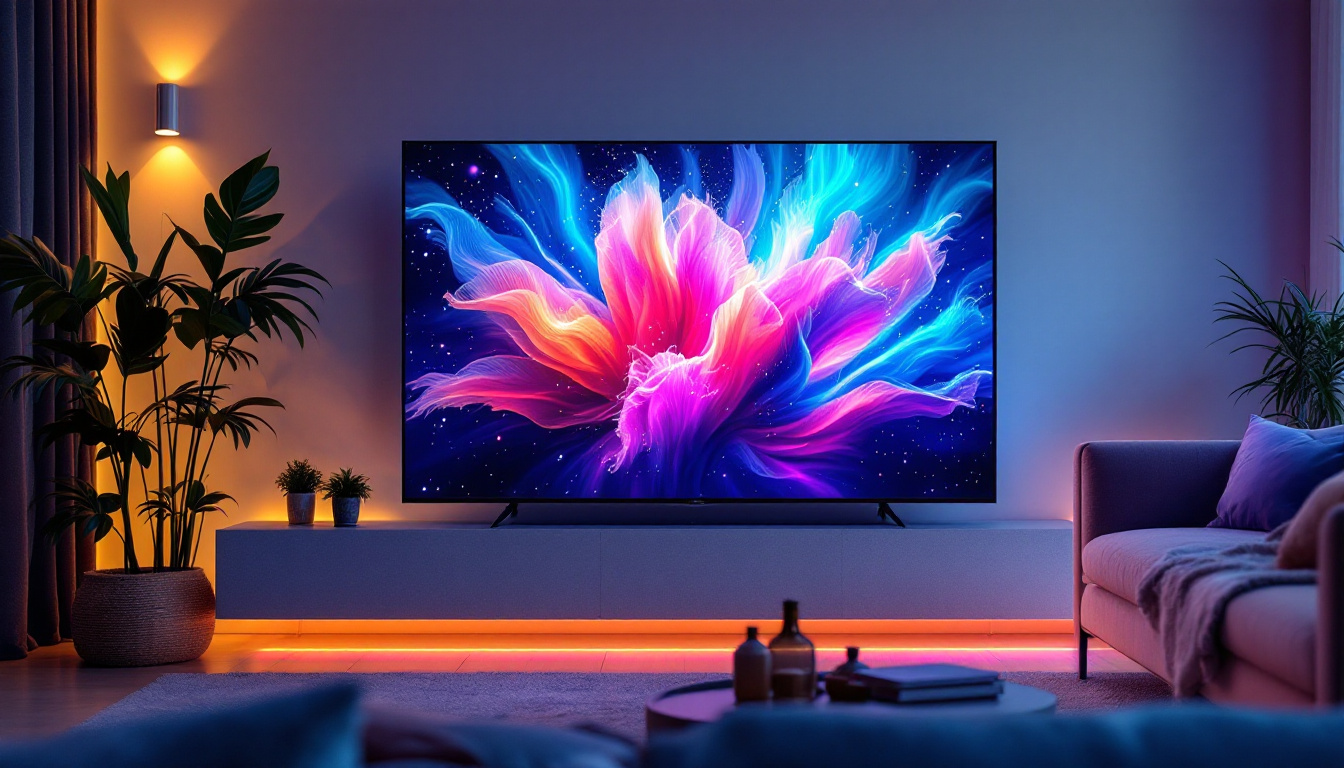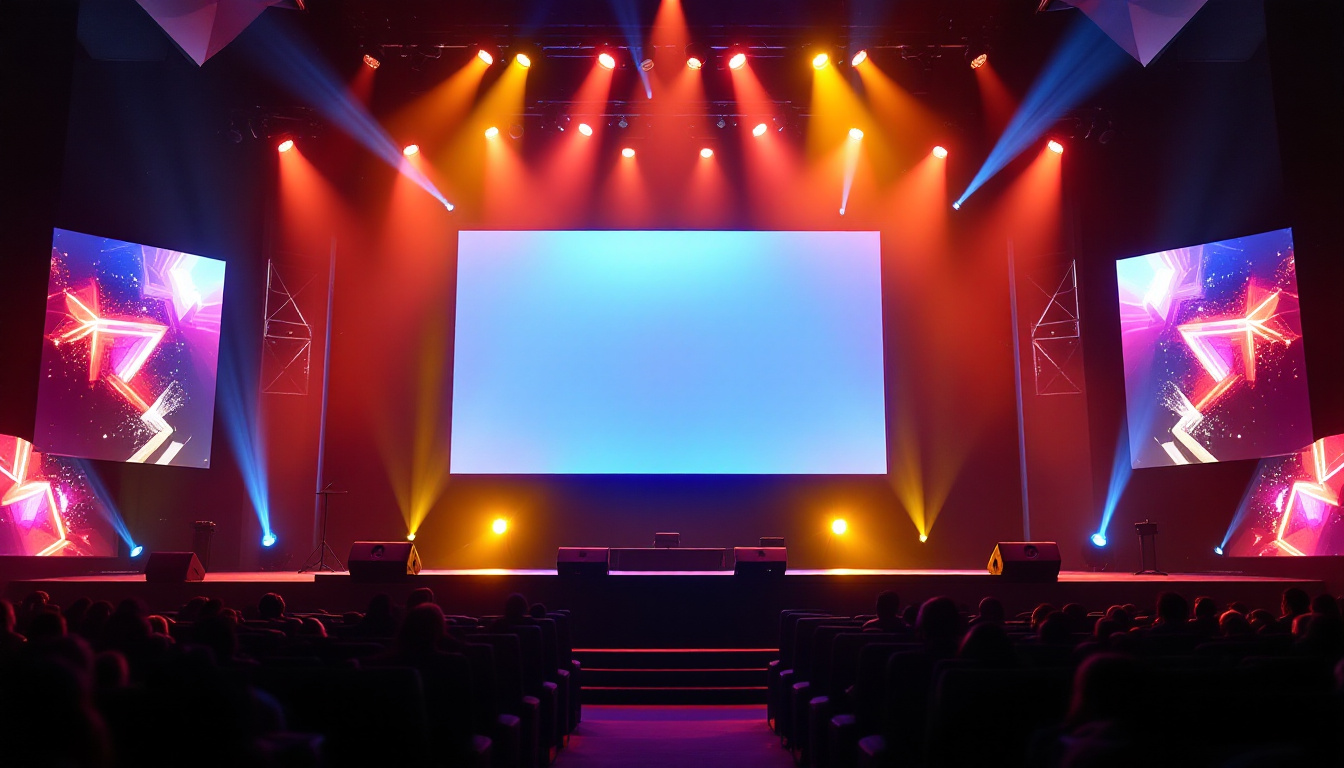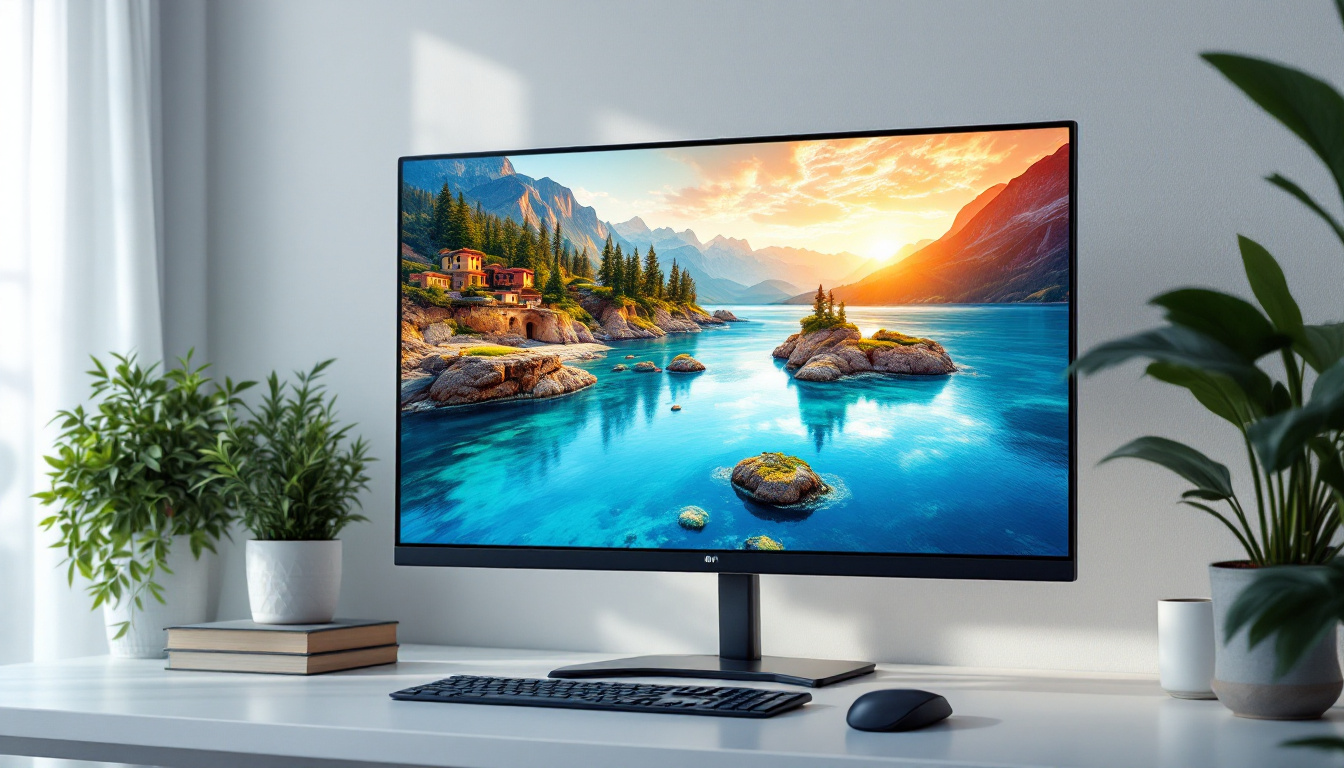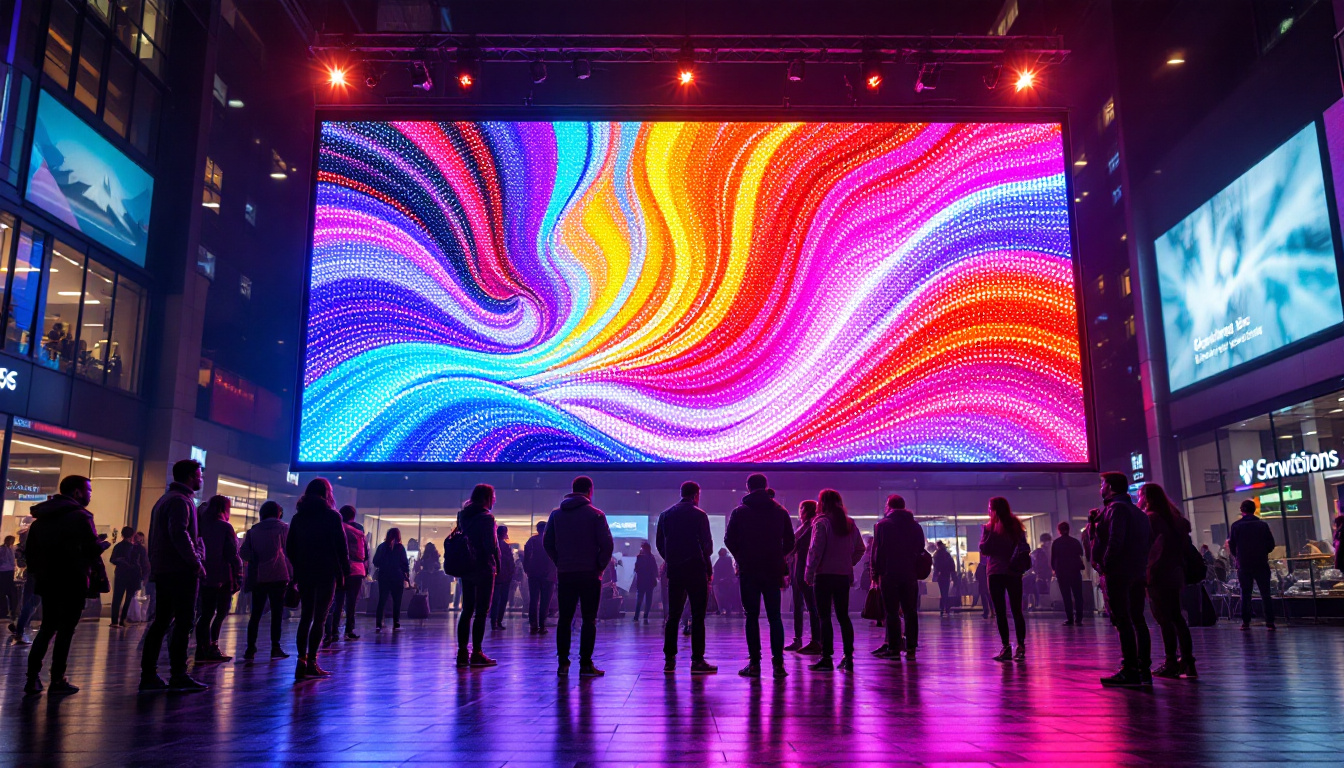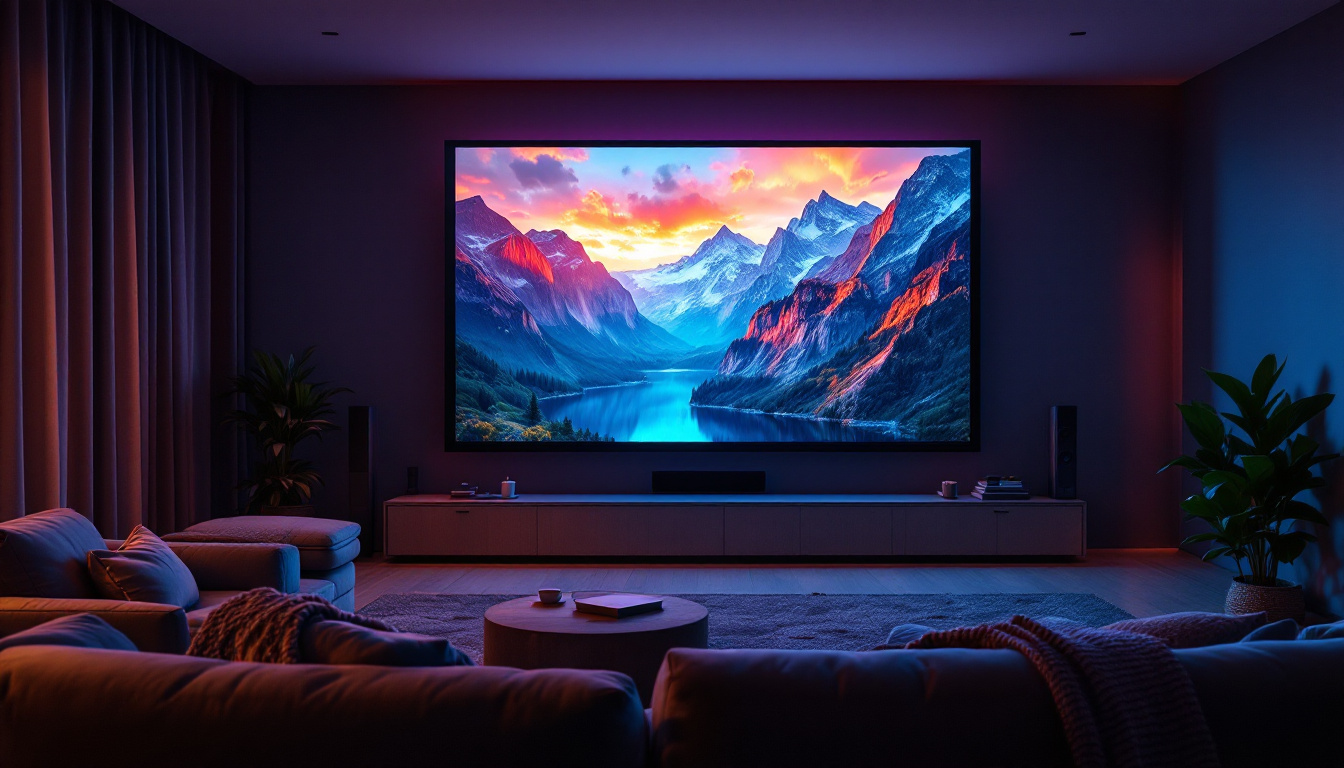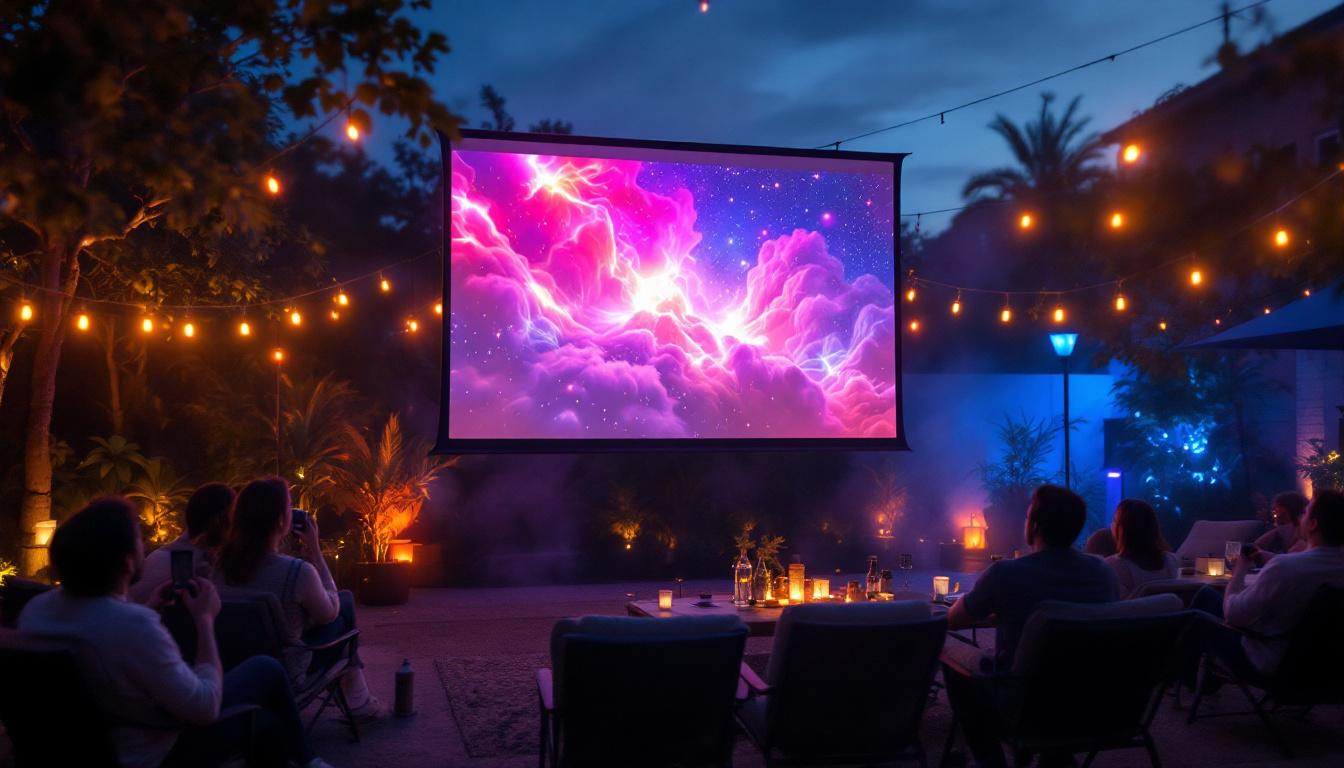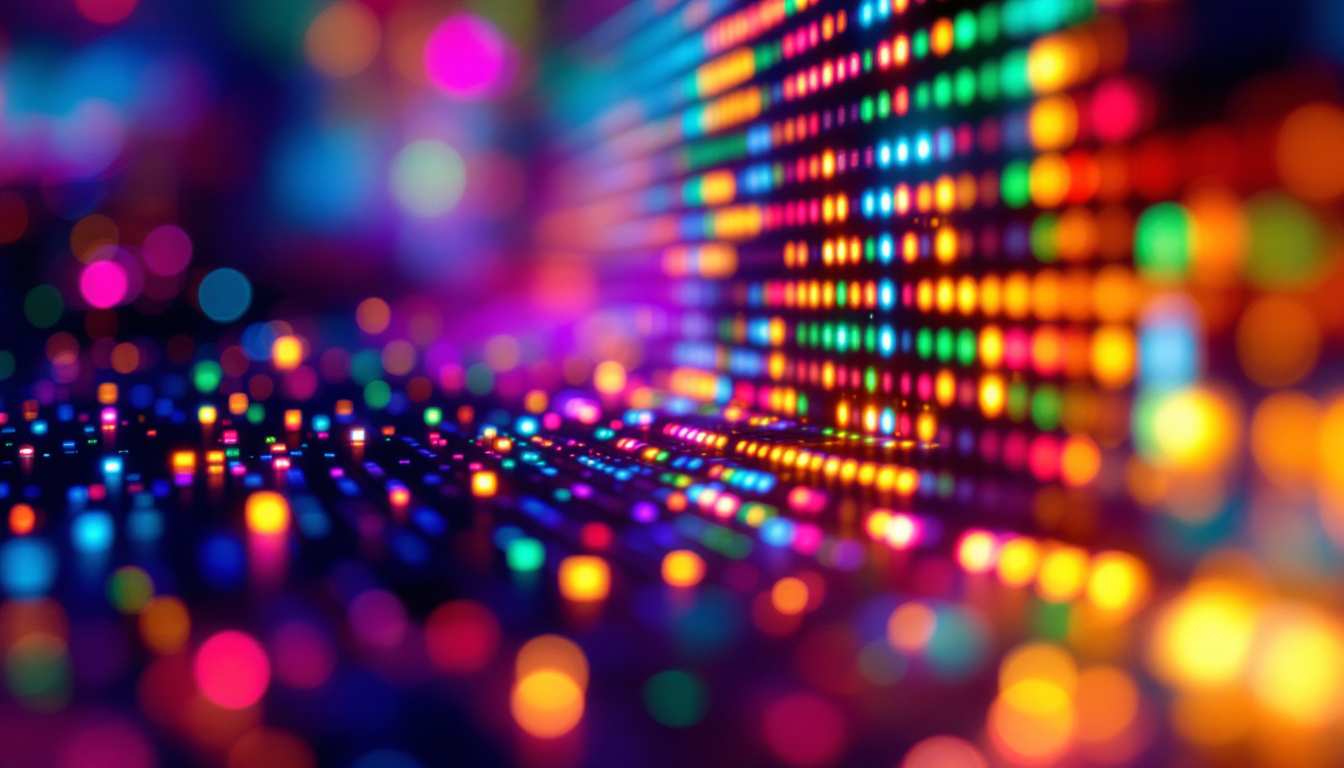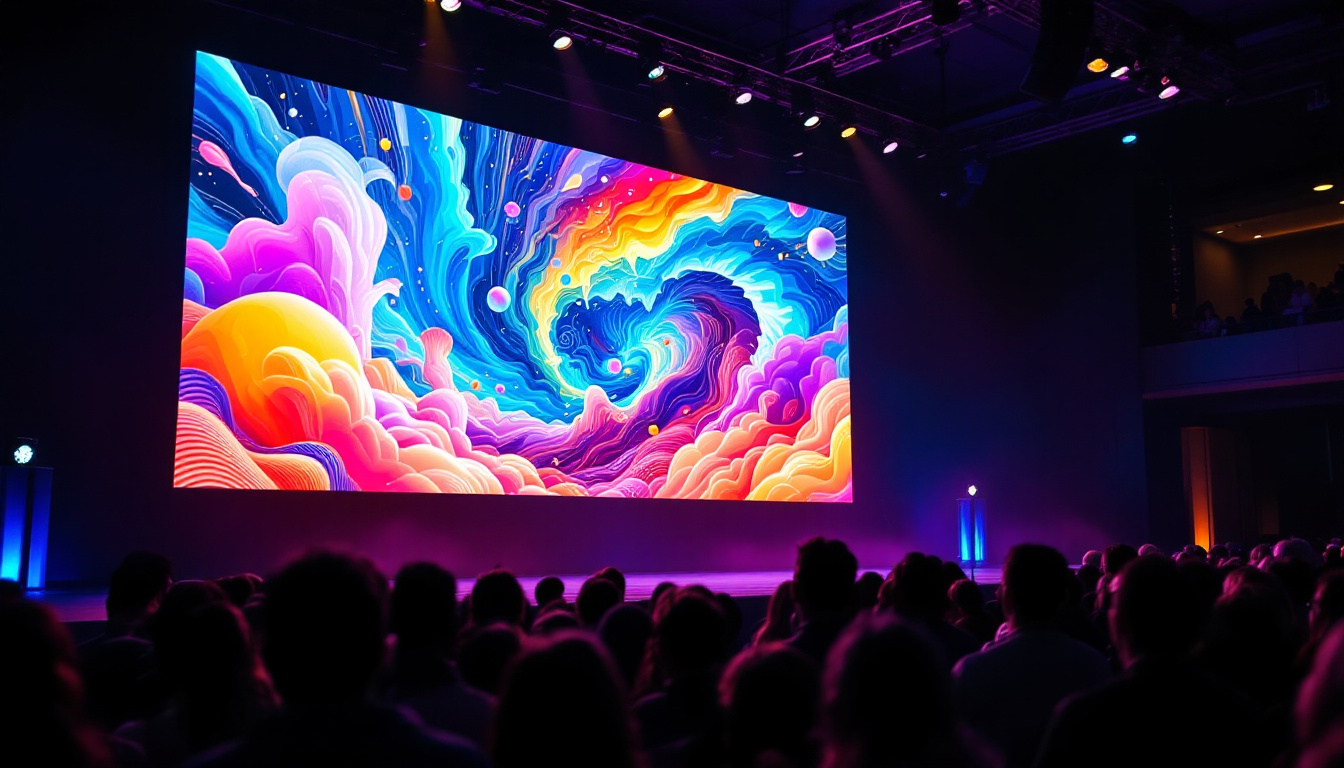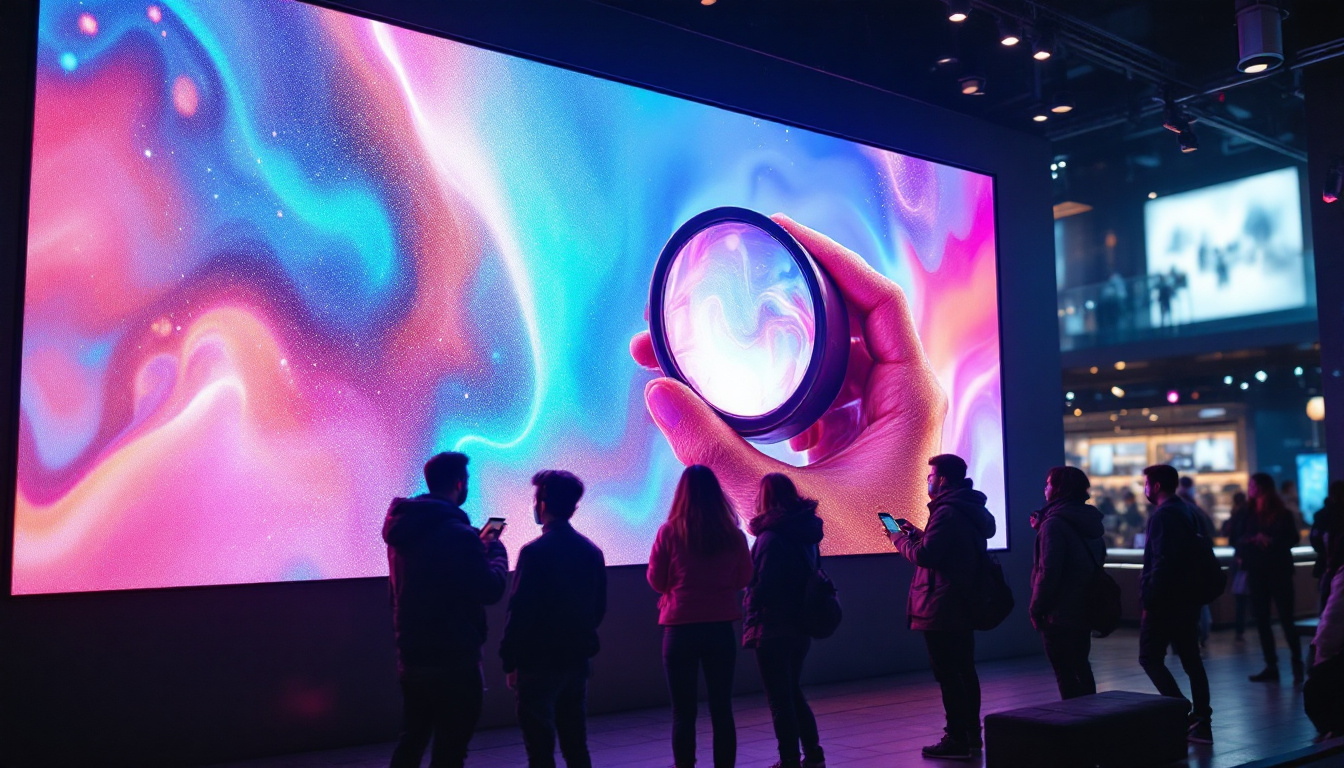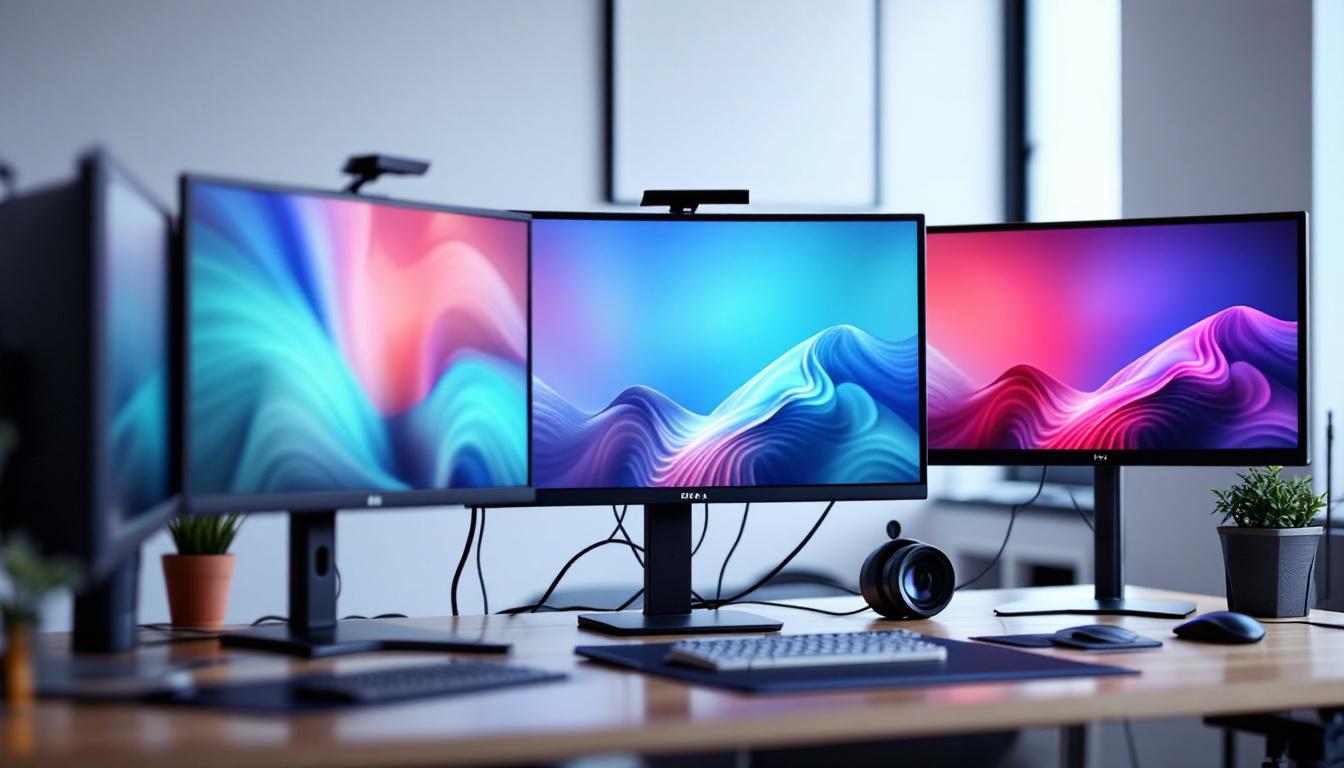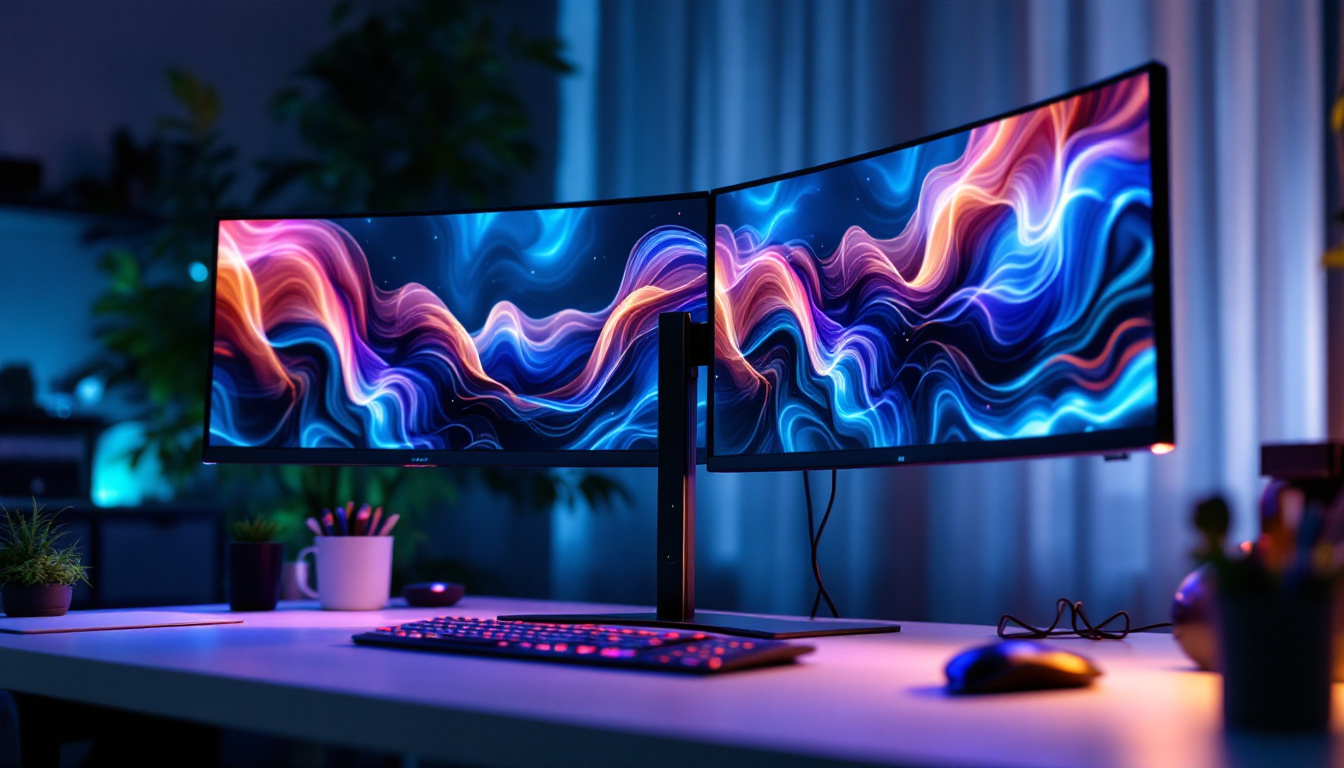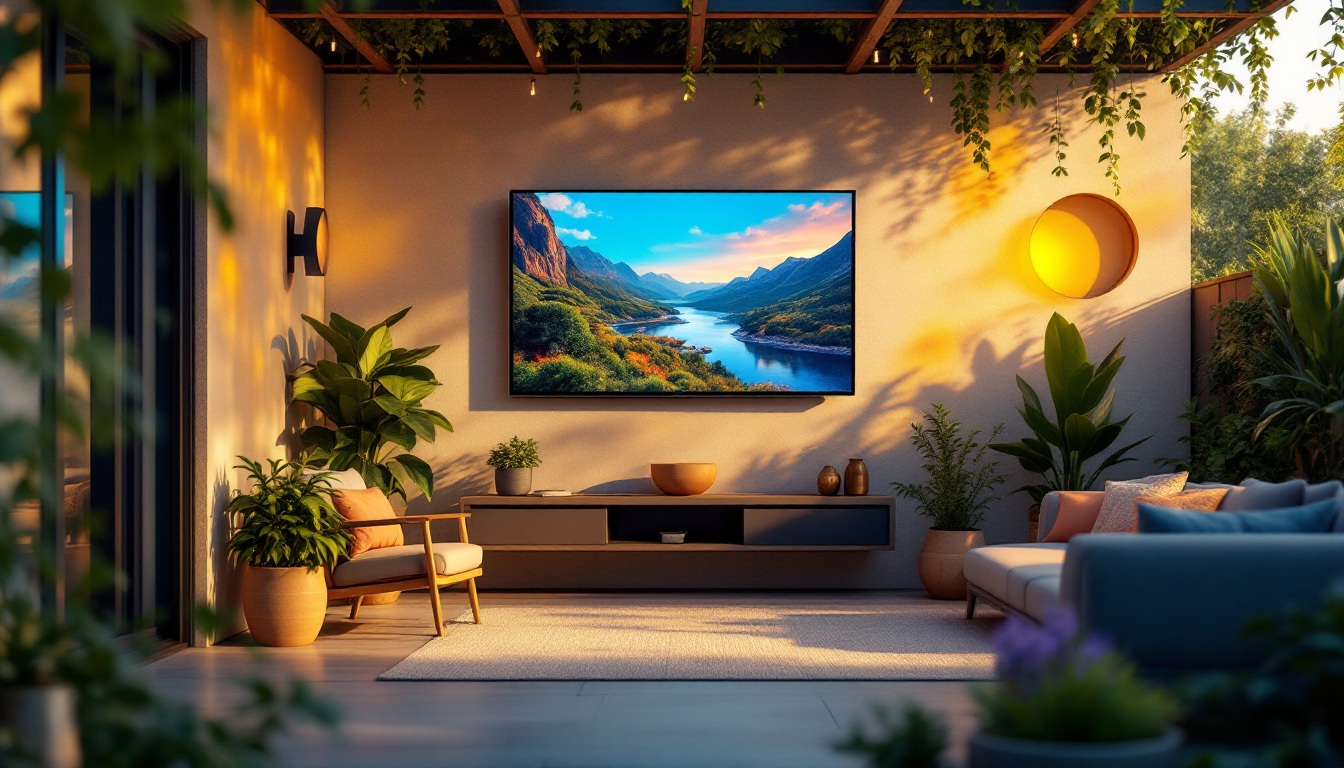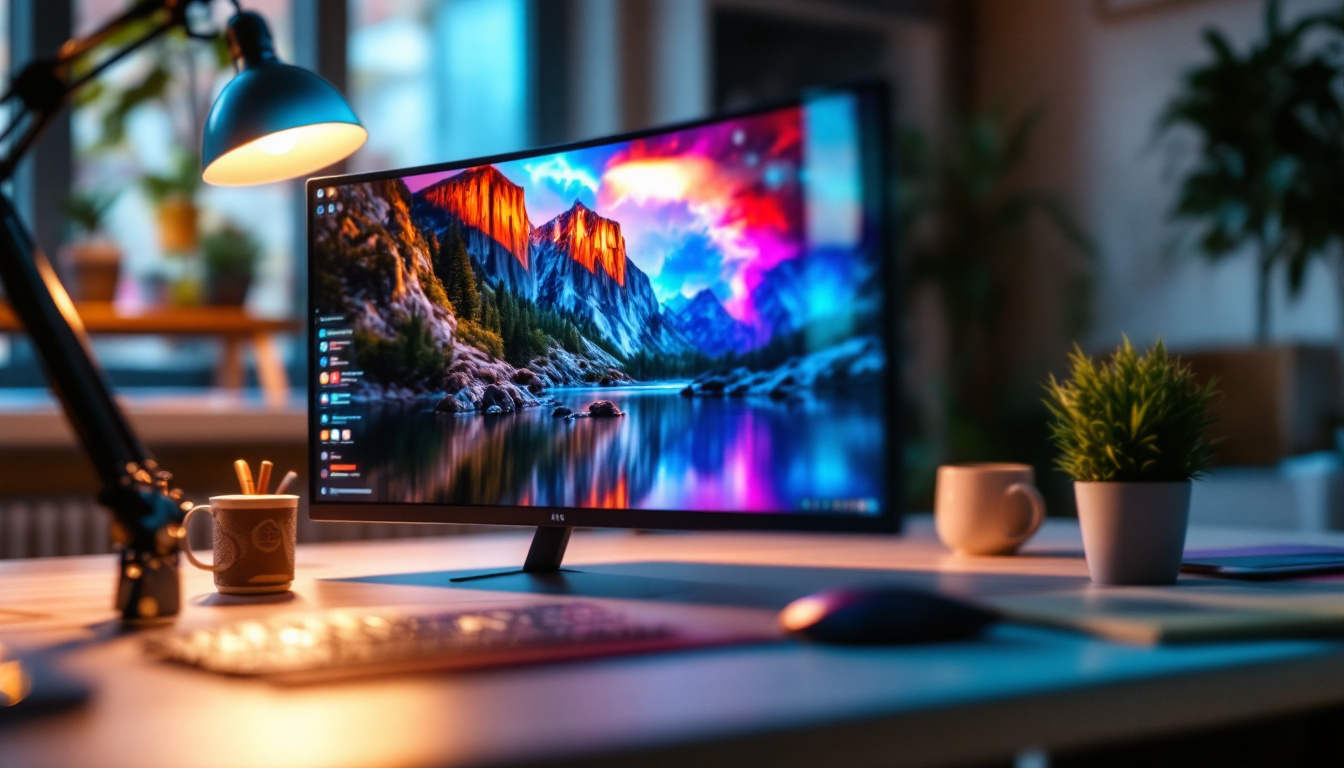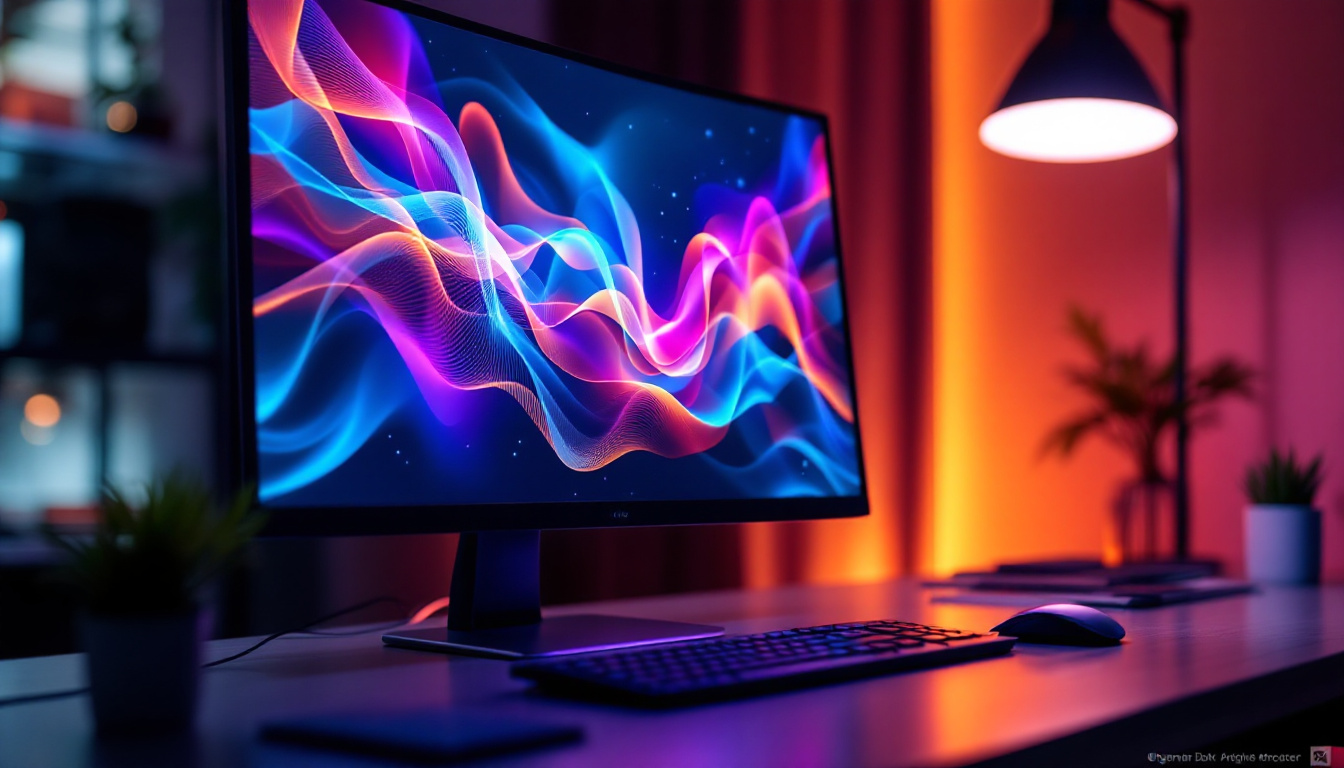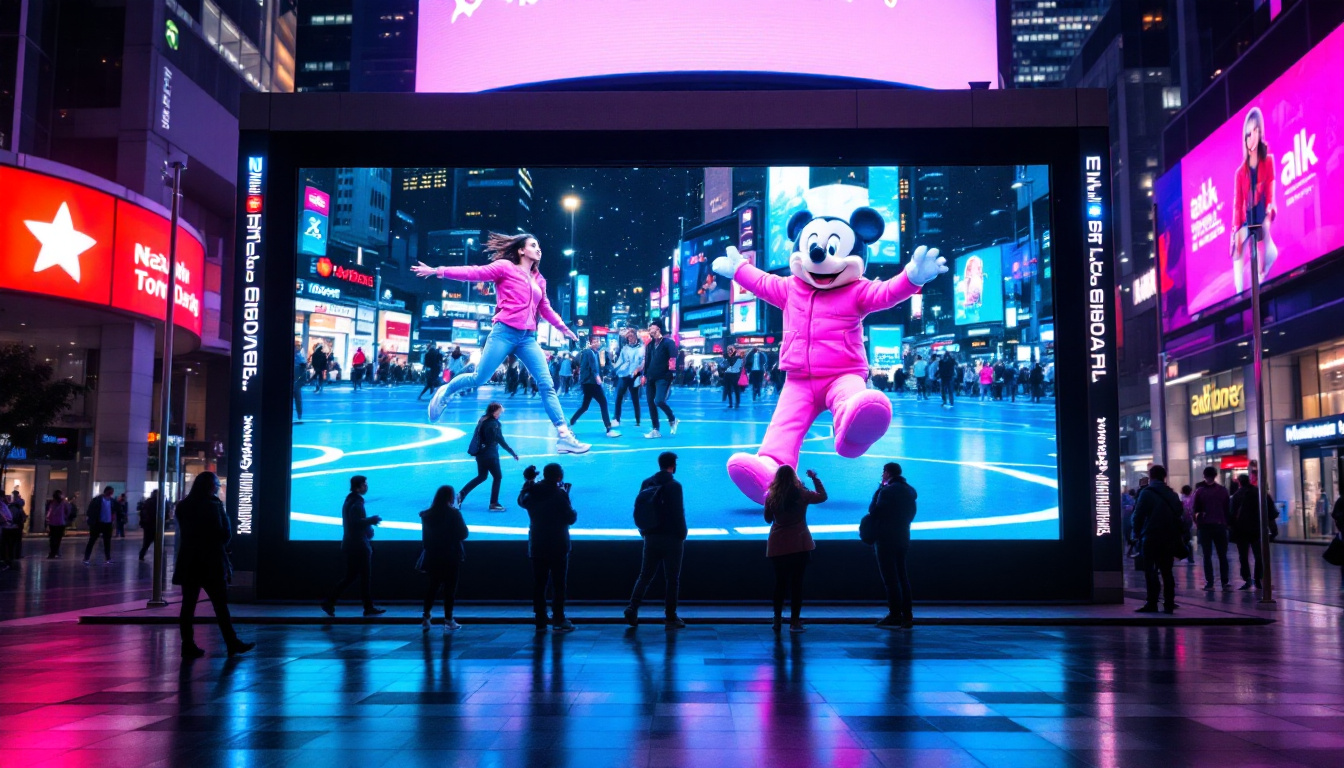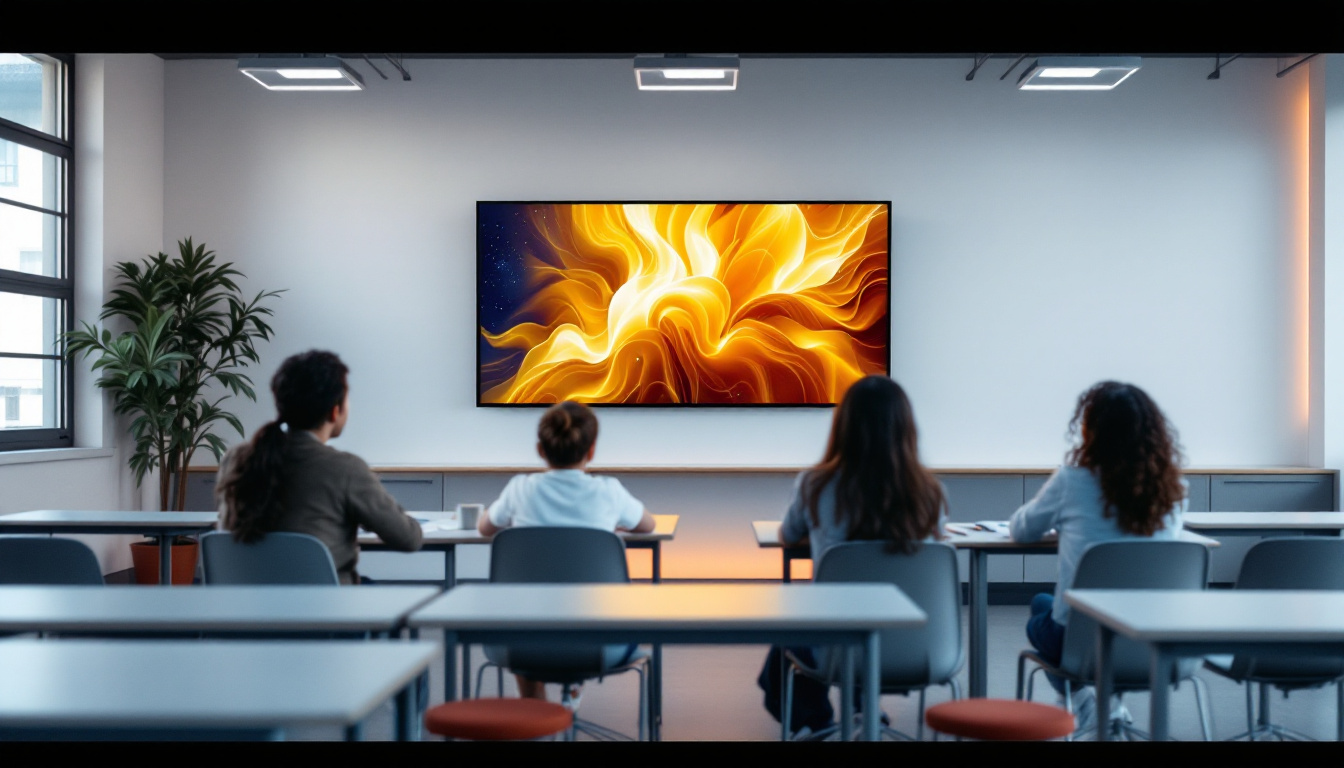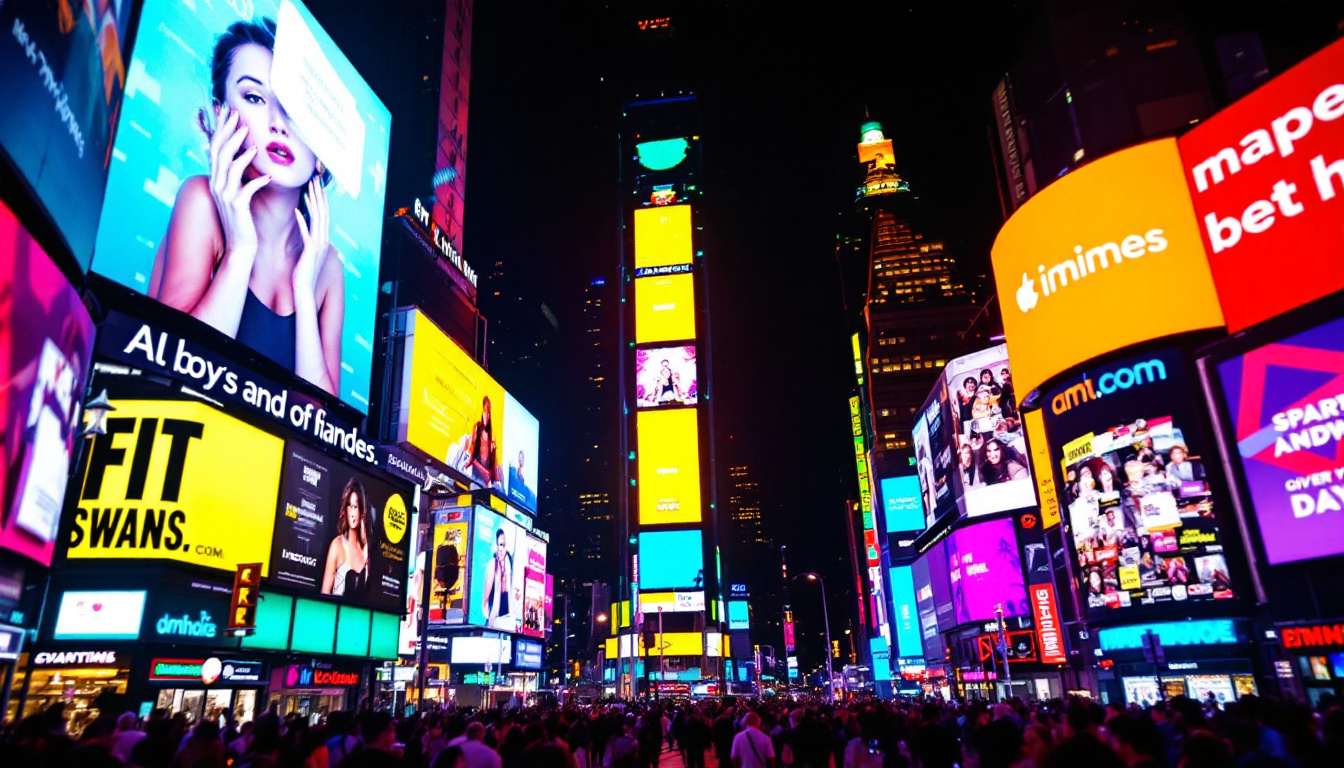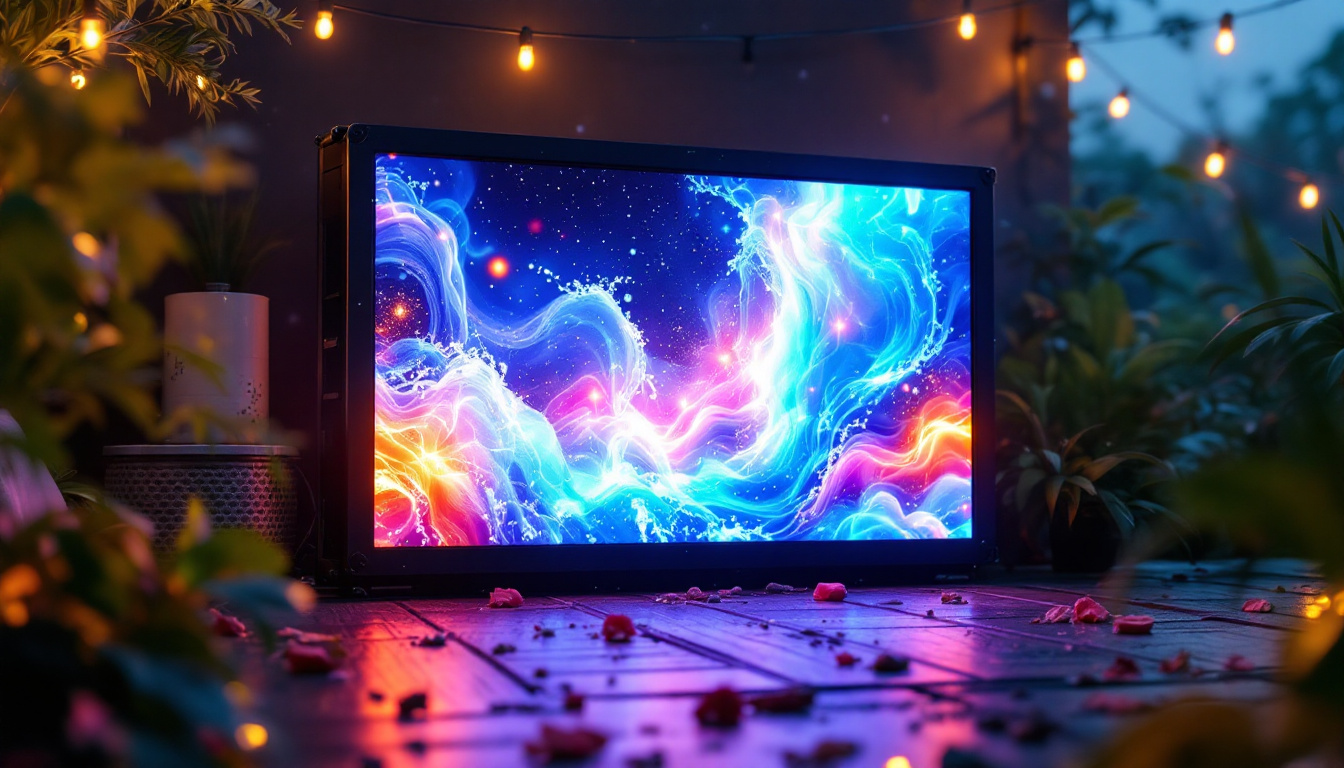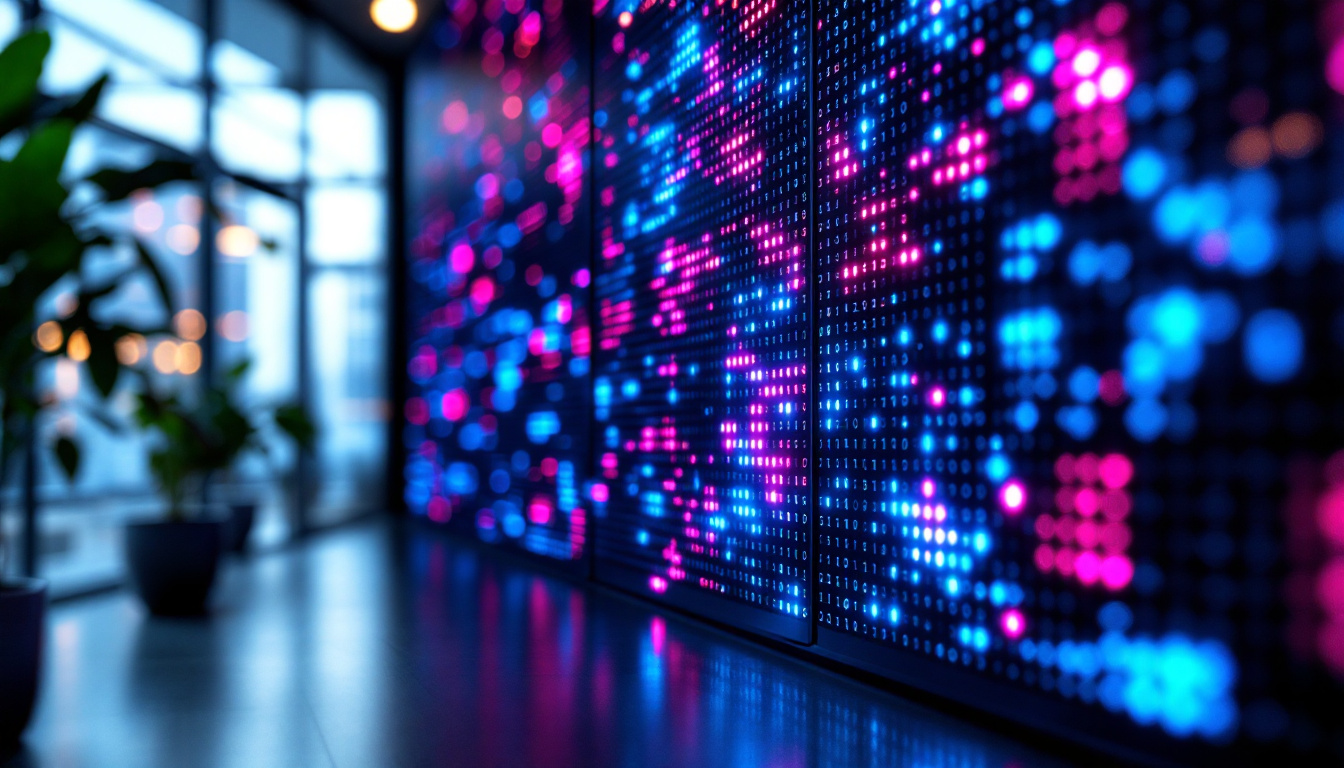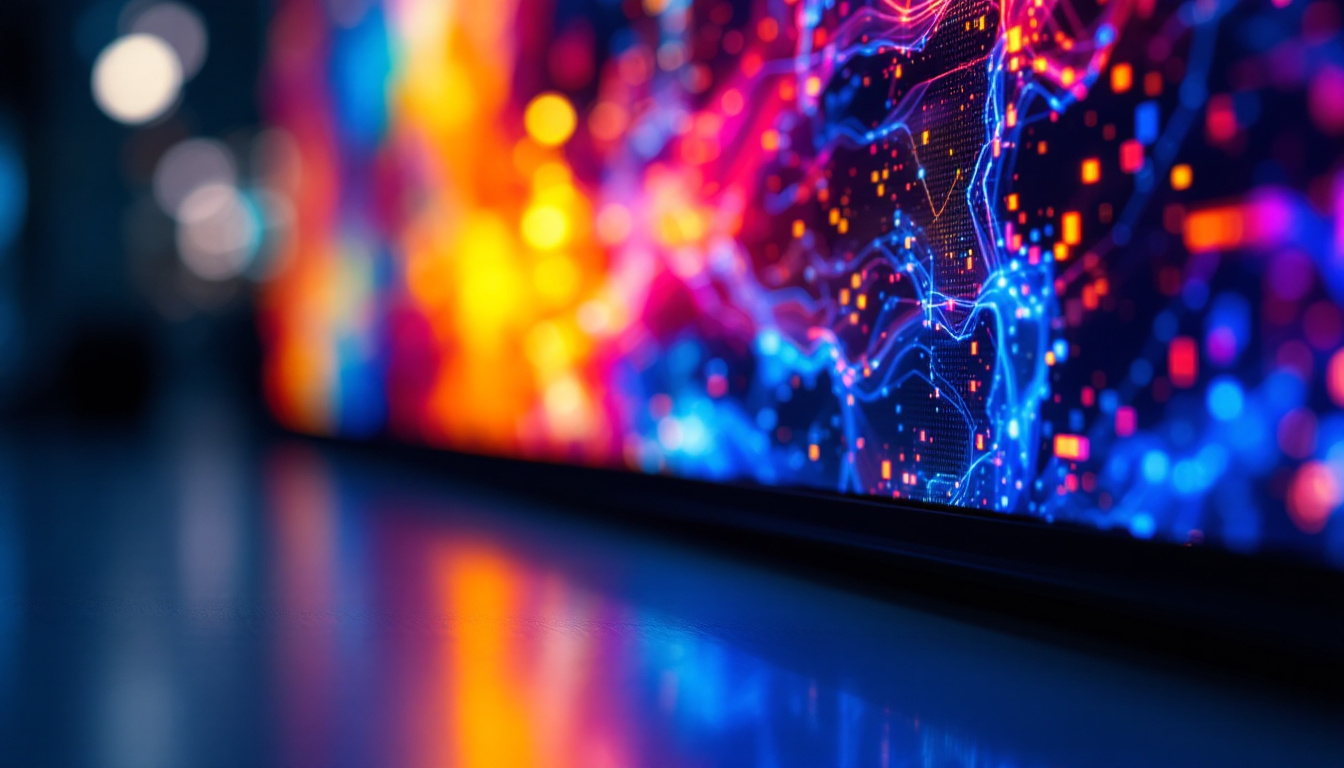Flat Screen TV Clip Art: LED Display Explained
In the digital age, visual media has become an essential part of our daily lives. From streaming services to video games, the quality of visual displays plays a significant role in the overall experience. Flat screen TVs, particularly those with LED technology, have revolutionized how we consume content. This article delves into the intricacies of LED displays, their advantages, and how they have influenced the design of clip art related to flat screen TVs.
Understanding LED Technology
Light Emitting Diode (LED) technology has transformed the television industry, offering brighter images, better energy efficiency, and thinner designs compared to traditional cathode ray tube (CRT) televisions. At its core, LED technology utilizes semiconductor materials to emit light when an electric current passes through them. This section will explore the fundamentals of LED technology and its application in flat screen TVs.
The Basics of LED Displays
LED displays are essentially a type of LCD (Liquid Crystal Display) that uses LEDs for backlighting. The combination of liquid crystals and LED backlighting produces vibrant colors and sharp images. Unlike older LCD models that relied on fluorescent lamps, LED backlighting allows for greater control over brightness and color accuracy. This results in deeper blacks and more vivid colors, enhancing the viewing experience.
There are two primary types of LED displays: edge-lit and full-array. Edge-lit LED displays have LEDs positioned along the edges of the screen, which allows for a thinner design. Full-array LED displays, on the other hand, have a grid of LEDs behind the entire screen, providing better contrast and uniformity in brightness. Understanding these differences is crucial for consumers looking to purchase a new flat screen TV. Additionally, some advanced models incorporate local dimming technology, which enhances contrast by adjusting the brightness of specific areas of the screen, further improving the overall picture quality.
Advantages of LED Technology
LED technology offers several advantages over traditional display technologies. One of the most notable benefits is energy efficiency. LED TVs consume significantly less power than their CRT counterparts, making them an environmentally friendly choice. Additionally, LED displays have a longer lifespan, often lasting over a decade with proper care.
Another advantage is the enhanced picture quality. LED TVs are capable of producing a wider color gamut and higher brightness levels, resulting in a more immersive viewing experience. The ability to achieve higher refresh rates also means smoother motion during fast-paced scenes, which is particularly beneficial for sports and action movies. Furthermore, many LED TVs now come equipped with smart technology, allowing users to stream content directly from the internet, access apps, and even control their TV with voice commands. This integration of technology not only enhances user convenience but also opens up a world of entertainment options, making LED TVs a central hub for home media consumption.
The Impact of LED Displays on Clip Art Design
As flat screen TVs have become ubiquitous, the design of clip art has evolved to reflect this trend. Clip art related to televisions now often features sleek, modern designs that highlight the slim profiles and vibrant displays of LED technology. This section will explore how LED displays have influenced the aesthetics and functionality of TV clip art.
Modern Aesthetics in Clip Art
The design of clip art has shifted towards minimalism, emphasizing clean lines and contemporary styles that resonate with the modern consumer. Flat screen TVs are often depicted with thin bezels and vibrant screens, showcasing the advanced technology that has become standard in today’s market. This modern aesthetic not only appeals to consumers but also aligns with the overall design trends in home decor.
Furthermore, the use of bright colors and dynamic imagery in clip art reflects the capabilities of LED displays. Illustrators often incorporate vivid colors to represent the enhanced visual experience that LED technology provides. This approach not only makes the clip art more engaging but also serves to educate viewers about the benefits of LED TVs. The integration of gradients and shadow effects further enhances the three-dimensional appearance of the TVs, making them pop against various backgrounds and drawing the viewer’s eye.
Functionality and Versatility
Clip art featuring flat screen TVs has become increasingly versatile, serving various purposes in marketing, education, and entertainment. Designers often create clip art that can be easily adapted for different contexts, whether it’s for promotional materials, educational content, or online media. This adaptability is crucial in a fast-paced digital world where content needs to be relevant and visually appealing.
Moreover, the inclusion of interactive elements in clip art related to flat screen TVs has gained popularity. For instance, animated clip art can showcase the features of an LED TV, such as its smart capabilities or connectivity options. This interactivity not only captures the audience’s attention but also provides a more comprehensive understanding of the product. Additionally, designers are now exploring augmented reality (AR) applications, allowing users to visualize how a flat screen TV would look in their own living spaces. This innovative approach not only enhances user engagement but also bridges the gap between digital art and real-world application, creating a more immersive experience for potential buyers.
Choosing the Right LED TV
With a plethora of options available in the market, choosing the right LED TV can be overwhelming. Factors such as screen size, resolution, and smart features play a significant role in the decision-making process. This section will provide guidance on how to select the best LED TV for individual needs.
Screen Size and Viewing Distance
One of the first considerations when purchasing an LED TV is the screen size. The ideal size depends on the viewing distance and the layout of the room. As a general rule, the larger the screen, the closer viewers can sit without compromising image quality. For example, a 55-inch TV is typically suitable for a viewing distance of about 7 to 8 feet.
It’s essential to measure the space where the TV will be placed and consider factors such as furniture arrangement and wall space. Additionally, larger screens can enhance the viewing experience, especially for movies and sports, making it a worthwhile investment for avid viewers. For those who enjoy immersive gaming experiences, opting for a larger screen can also provide a more engaging and thrilling atmosphere, allowing players to feel as if they are part of the action. Furthermore, it’s worth noting that many manufacturers offer guidelines on optimal viewing distances, which can help consumers make a more informed choice.
Resolution and Picture Quality
Resolution is another critical factor when selecting an LED TV. Common resolutions include Full HD (1080p), 4K Ultra HD (2160p), and even 8K. Higher resolutions provide more detail and clarity, particularly on larger screens. For most consumers, a 4K TV is an excellent choice, as it offers a significant improvement in picture quality without being prohibitively expensive.
When evaluating picture quality, it’s also important to consider features such as HDR (High Dynamic Range), which enhances color and contrast, making images more lifelike. Many modern LED TVs come equipped with HDR capabilities, further elevating the viewing experience. Additionally, consumers should explore various panel technologies, such as OLED and QLED, which can significantly impact color accuracy and contrast ratios. For instance, while OLED panels are known for their deep blacks and vibrant colors, QLED displays excel in brightness and color volume, making them suitable for well-lit rooms. Understanding these differences can help buyers choose a TV that best fits their viewing environment and preferences.
Future Trends in LED Display Technology
The world of LED display technology is constantly evolving, with new advancements on the horizon. As consumer demand for high-quality visuals continues to grow, manufacturers are exploring innovative solutions to enhance viewing experiences. This section will discuss some of the emerging trends in LED technology.
MicroLED and MiniLED Technology
MicroLED and MiniLED technologies represent the next generation of display innovation. MicroLED displays utilize tiny, self-emitting LEDs to create images, offering unparalleled contrast and color accuracy. This technology allows for thinner screens and more flexible designs, making it ideal for a variety of applications, from large-scale displays to wearable devices.
MiniLED technology, on the other hand, enhances traditional LED displays by using smaller LEDs for backlighting. This results in improved local dimming capabilities, allowing for better contrast and deeper blacks. As these technologies become more mainstream, consumers can expect even more impressive visual experiences from their flat screen TVs.
Integration with Smart Home Technology
As smart home technology continues to gain traction, the integration of LED TVs with other smart devices is becoming increasingly common. Many modern LED TVs now come equipped with built-in smart features, allowing users to access streaming services, control their home environment, and even interact with voice assistants.
This integration enhances the overall user experience, making it easier to manage multiple devices from a single interface. As technology advances, future LED TVs are likely to offer even more seamless connectivity and smart capabilities, further enriching the viewing experience.
Conclusion
LED display technology has revolutionized the way we experience visual media, offering superior picture quality, energy efficiency, and sleek designs. As flat screen TVs become a staple in homes worldwide, the design of clip art has evolved to reflect these advancements, showcasing modern aesthetics and versatile functionality.
When choosing an LED TV, consumers should consider factors such as screen size, resolution, and smart features to ensure they make an informed decision. With emerging technologies like MicroLED and MiniLED on the horizon, the future of LED displays promises to deliver even more impressive viewing experiences.
In summary, understanding LED technology and its impact on design and consumer choices is essential for anyone looking to enhance their visual media experience. As the market continues to evolve, staying informed about these developments will ensure that viewers can enjoy the best possible entertainment options available.
Discover LumenMatrix’s Advanced LED Display Solutions
Ready to elevate your visual experience with the latest in LED technology? Look no further than LumenMatrix, a pioneer in crafting LED displays that bring your content to life. Whether you’re seeking to enhance your brand’s presence with an Indoor LED Wall Display, captivate passersby with an Outdoor LED Wall Display, or innovate with Custom LED Display solutions, LumenMatrix has you covered. Embrace the future of visual communication and check out LumenMatrix LED Display Solutions today to see how we can transform your space into a dynamic visual spectacle.

